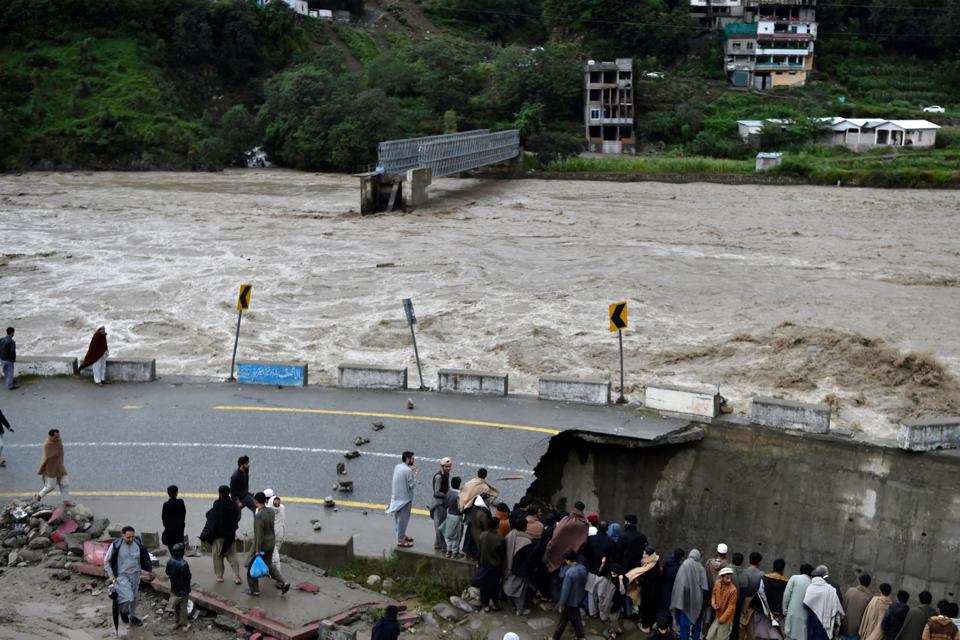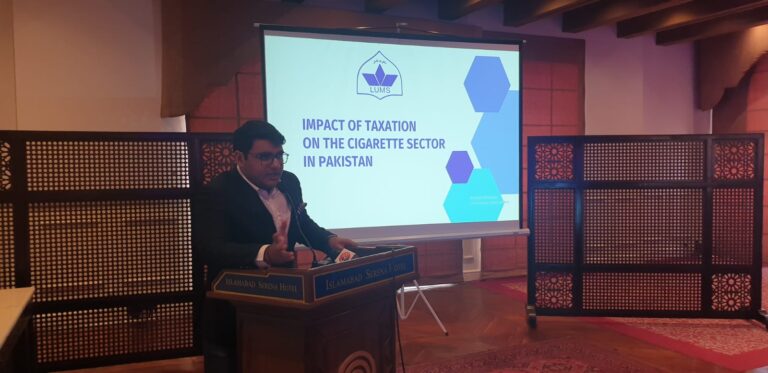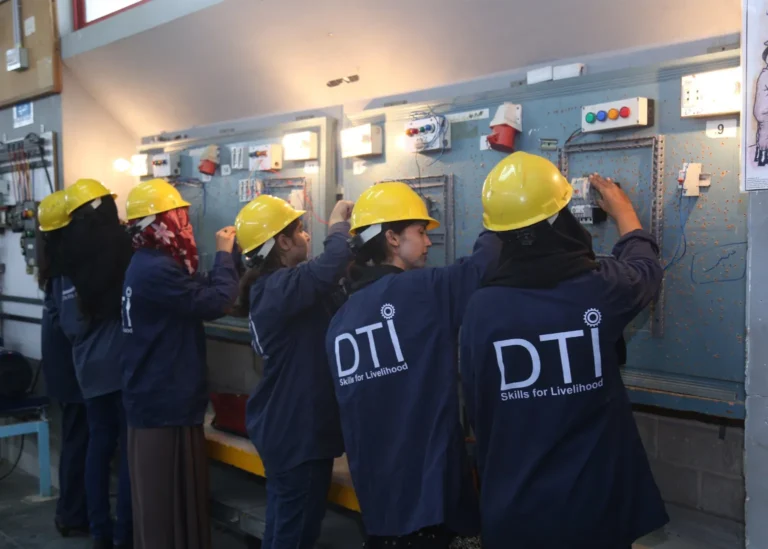Learning From The Past Response in Pakistan Flood Response
Since mid-June, Pakistan has been experiencing extreme monsoon weather, with rainfall equivalent to 2.8 times the national 30-year average, resulting in extensive floods and landslides and prompting relocation, particularly in the Baluchistan and Sindh provinces. There have been millions of afflicted individuals, hundreds of fatalities, and many more injuries. There is extensive property and public infrastructure damage. The National Disaster Management Authority has declared a national emergency and is organizing evaluations and distributing humanitarian aid to flood-affected individuals. The government of Pakistan and the humanitarian community are giving immediate life-saving supplies to the impacted population, but the humanitarian requirements surpass the present response capacity. To bolster humanitarian aid, additional resources are required.
On Tuesday (30 August), the United Nations will launch a US$161 million UN Flash Appeal to provide critical food and cash assistance to nearly 1 million people in districts in the provinces of Baluchistan, Sindh, Punjab, and Khyber Pakhtunkhwa; US$34.28 million is urgently required to scale up the effort.
Funding and financing: The NGO community has been quicker to generate funding, donating up to $10 million compared to the UN agencies’ $3 to $4 million. The current UN plea for $161 million is insufficient to address the magnitude of the current crisis, in which 33 million people have been affected compared to 22 million in 2010 (see table below), when $3.18 billion was provided for the response. In view of the current economic and political situation, it is vital to be more honest about the resources that will be required in light of prior underfunding. As UN bureaucratic processes hold down the response, the donors should examine other financial sources. It is vital that donors transfer monies to local, national, and international nongovernmental organization (INGO) partners that are closer to the people and can respond more quickly.
Local leadership in Coordination: As OCHA is quitting and no longer has responsibility for coordination in Pakistan, it has been transferred to UNDP, which does not have experience in coordination of humanitarian action. OCHA should transfer the capacity to local humanitarian co-ordination mechanisms and support and reinforce them.
Local leadership in response: Community-based local organizations are well-positioned to respond. They must have access to the necessary resources to give a prompt reaction. Local actors aim to guarantee that contributions generated in the name of impacted communities reach those in need. To guarantee that the bulk of money given for the crisis reach the communities in need, it is important to prevent a lengthy chain of expensive intermediaries.
Learning from the past: A study should be commissioned to reflect on the lessons learned over the last 12 years, comparing the reaction of 2010 to the response of today in terms of efficiency and effectiveness, in order to avoid the errors and red tape of the past. It will aid in identifying the gaps in earlier structure-adjustment practices.
Transparency and accountability: International community must insure full transparency of funding through robust reporting of the funds raised in the name of affected population.
Enabling environment: The government and international players must facilitate the response to the exceptional situation. To deliver a rapid and efficient response, CSOs must have access and decreased bureaucratic obstacles.
Baking and financial blockages: Pakistan is not the only nation in which banks have blocked the financial services of Islamic non-governmental organizations providing humanitarian aid. It has increased feelings of prejudice. Financial institutions are urged to expedite the flow of cash so that organizations may respond swiftly and effectively.







